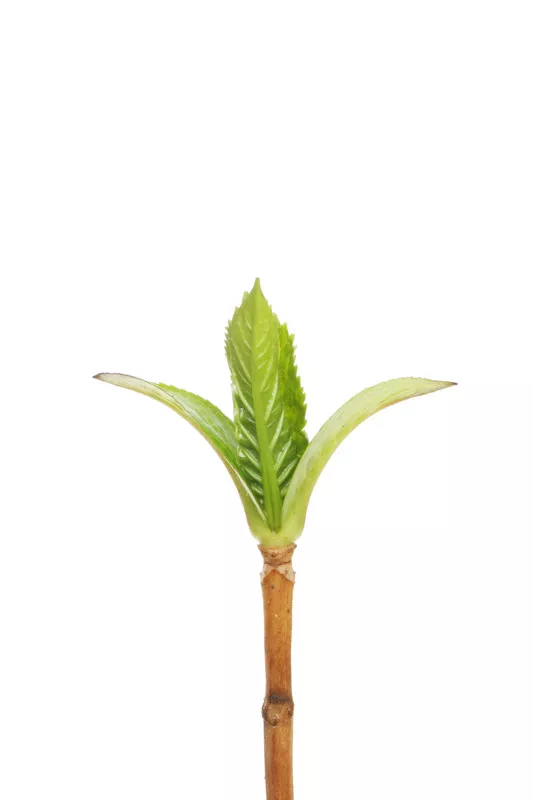Hydrangeas, including the 'Annabelle' snowball hydrangea, popular for its large, creamy white flower umbels, are easily propagated by division or cuttings.
 Hydrangea Annabell is best propagated by cuttings or division
Hydrangea Annabell is best propagated by cuttings or division
Properly divide hydrangea "Annabelle".
With age, the rootstock of the snowball hydrangea "Annabelle" grows in such a way that numerous shoots develop from it. This makes this hydrangea variety ideal for propagation by division, which - as with all spring and summer bloomers - is best done after flowering in autumn. Alternatively, it is also possible to divide the rootstock in the spring, after before budding. When dividing, make sure that each section has at least one shoot.
Step-by-step instructions for sharing
The following procedure has proven to be the best for the division:
- Dig up the perennial completely.
- Use the spade to split the rootstock vertically into at least two pieces.
- If the roots are very matted, the rootstock is pulled apart with the help of digging forks.
- Plant the sections again immediately.
- This allows you to avoid drying out.
- If this is not possible, wrap the roots in plastic bags to keep them moist.
- In this way you can store the perennial for several days.
You can easily divide large rootstocks into four to five sections.
Cutting cuttings
Cuttings from the snowball hydrangea "Annabelle" are best cut in spring or early summer, ideally in combination with early pruning. Choose slightly woody or woody shoots. As a rule, cuttings are taken at the ends of the shoots, they are then called head cuttings. With longer shoots, you can also cut them into several sections.
- Put the cuttings individually in pots.
- Cut material must not be left lying around any longer.
- Use potting soil that must always be kept moist.
- Use a wooden stick to drill holes for the cuttings to be placed in.
- Press them down lightly and pour them on.
- Rapid rooting encouraged with a foil cover.
- Alternatively, you can also put a mason jar over the cuttings.
The young hydrangeas are still very sensitive and should not be left outdoors, at least for the first winter, but should instead overwinter in a frost-free, but cool and bright place.
tips and tricks
Alternatively, it can also be propagated using sinkers, although these have only formed sufficient roots after a year.